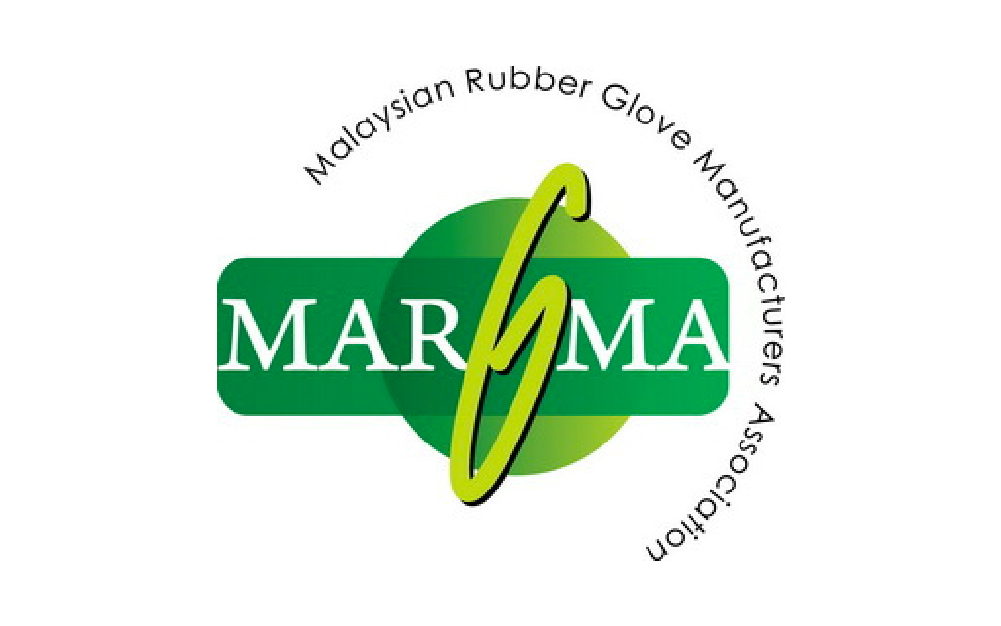AI-Powered Vision Takes Robotic Arms Automation to New Level
AI-Powered Vision Takes Robotic Arms Automation to New Level As industries push for smarter, faster, and more efficient automation, the combination of AI-powered vision systems and robotic arms is becoming a game-changer.This powerful pairing allows machines not only to move with precision—but also to see, analyze, and adapt in real time. In this article, we’ll explore how AI-driven vision systems enhance robotic arms and why this next-level automation is redefining productivity, quality control, and flexibility on the factory floor. What is AI-Powered Vision in Robotics? AI-powered vision, often called machine vision, refers to the use of cameras, sensors, and deep learning algorithms to enable robots to “see” and interpret their environment. When integrated into robotic arms, this visual processing system allows the robot to: Detect and locate objects with precision Differentiate between defective and non-defective items Adapt to changes in orientation, shape, or position Make autonomous decisions during production It’s like giving your robotic arm a brain and a pair of smart eyes. Robotic Arms Key Benefits of AI Vision + Robotic Arms 1. Smarter Object Recognition and HandlingTraditional robotic arms follow pre-programmed instructions and often require precise object placement. With AI vision, the robot can dynamically identify and grab objects no matter their location or orientation—reducing downtime and manual input. For example, in packaging or sorting lines, robotic arms can recognize product shapes and sizes without relying on fixed templates. 2. Automated Quality InspectionAI vision systems can detect surface defects, color inconsistencies, size variations, and more with incredible accuracy. This eliminates the need for human inspectors and ensures consistent product quality. Industries like electronics, pharmaceuticals, and food processing benefit greatly from this ability to catch defects in real-time. 3. Greater Flexibility and AdaptabilityUnlike traditional robots that need reprogramming for every change, AI-powered robotic arms can learn and adapt through training data. This means your system can easily switch between product types, sizes, or packaging formats—making it ideal for high-mix, low-volume production. 4. Increased Speed and EfficiencyBy reducing errors and minimizing manual checks, AI vision systems streamline workflows. Your robotic arm becomes not just a mechanical tool, but a smart assistant that continuously improves performance with each task. How It Works: From Camera to Action Here’s a quick look at the process: Image Capture: Cameras or 3D vision sensors take high-resolution images of the work area. AI Analysis: Deep learning algorithms process the visual data to identify objects, positions, defects, or measurements. Decision-Making: The control system interprets the AI output and sends movement instructions to the robotic arm. Precision Action: The robotic arm performs its task—picking, placing, sorting, or inspecting—with optimized speed and accuracy. This feedback loop happens in milliseconds, allowing real-time adaptation with almost zero error margin. Applications in Real-World Industries AI-powered robotic arms are transforming operations across various sectors: Manufacturing – Real-time defect detection and intelligent part handling Packaging & Logistics – Smart sorting of irregularly shaped items or mixed SKUs Medical & Pharmaceutical – Accurate handling of sensitive products and blister packaging Electronics Assembly – Fine-pitch component placement and solder inspection Agriculture & Food – AI-guided sorting of fruits, vegetables, or ready-to-eat meals Why AT SYSTECH SDN BHD? At AT SYSTECH SDN BHD, we specialize in integrating AI-powered vision systems with robotic automation to deliver intelligent, flexible, and scalable solutions tailored to your business needs. Whether you’re upgrading your quality control process or building a smart factory from the ground up, our team has the expertise to guide you from planning to deployment. Ready to See the Future of Robotics? Experience the power of AI + vision in your automation system. Let your robotic arms do more than just move—let them think, learn, and optimize. +60 3‑3277 7118 WhatsApp: +60 12‑921 3717 atsystechsb@atst.com.my Rawang, Selangor Click here for a free consultation to discover how automation can transform your packaging line.






